I visited the Mother Tongue Languages Symposium last week, and here are three key learnings that you might find useful.
1. AI Is Changing the Way We Learn Chinese
The highlight for me was attending Dr. Dong Ya Ru’s presentation on leveraging AI to enhance Chinese learning.
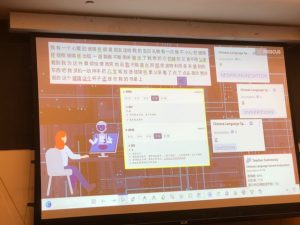
She mentioned that SLS is also integrating AI-marked speech pronunciation, where students can read aloud a sentence and receive immediate marking.
This is somewhat similar to the technologies we are utilising in VocabKing, except that we gamify oral practice via a fun fishing game, where how well you speak directly determines how many fishes you capture.
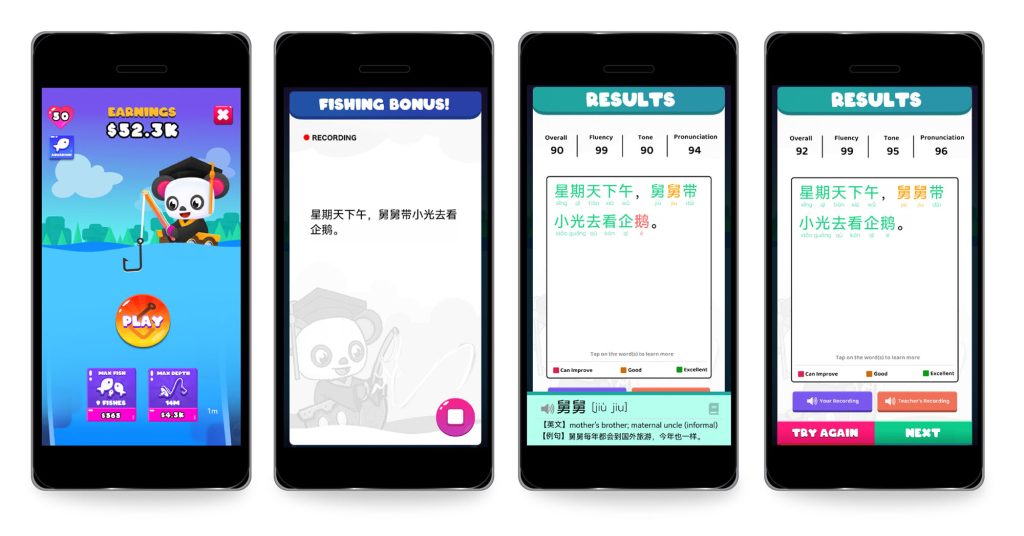
2. Strong Link Between Reading and Speaking
Empirically, many parents treat “reading” and “speaking” as two separate activities. For instance, if a child refuses to speak, many parents will think of sending their children to a speech & drama camp or an oral class.
However, Dr. Dong shared research from the Singapore Centre for Chinese Language indicating that reading, either independently or with a parent, had a significant impact on oral abilities.
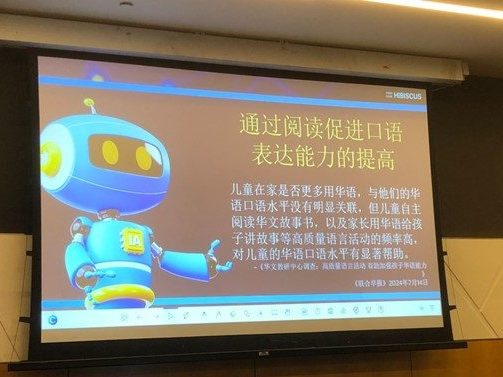
This meshes with previous research indicating the role of vocab & reading on speaking skills – e.g.
“The more reading you will do, the more you will increase your exposure to vocabulary that doesn’t usually make its way into the spoken language” (Cunningham, 1998).
This is important because a recent zaobao article revealed a concerning trend: more than half of Primary 4 and Secondary 2 students spend less than one hour per week reading Chinese books outside of school-required texts. This lack of independent reading time limits students’ exposure to diverse vocabulary and sentence structures, which are essential to developing fluency in speaking.
3. MOE’s Greater Emphasis on Bilingualism
During the symposium, Education Minister Chan Chun Sing announced three initiatives that focus on making mother tongue languages (MTL) more accessible and enjoyable:
a. Higher Mother Tongue Language for All
Starting in 2026, students who excel in their MTL will be eligible for Higher Mother Tongue regardless of their overall PSLE score. This is a welcome change that ensures more students can pursue advanced learning in Chinese, Malay, or Tamil.
b. SOAR Reading Programme
A structured reading program in primary schools, SOAR is designed to cultivate a love for reading by offering books tailored to different skill levels.
c. Increased MTL Exposure in Kindergartens
Starting with two pilot kindergartens, daily MTL exposure will be increased by 30 minutes. This extra time will help build a strong foundation in the early years.

What Does This Mean for Students and Parents?
The government’s efforts to increase exposure and create engaging platforms for students to interact with their MTL are commendable. However, these initiatives also highlight the need for students to practice MTL beyond the classroom.
The Challenge of English-Predominant Families
A 2020 survey conducted by the Institute of Policy Studies found that more than a third of Singaporeans now identify English as their preferred language, with Mother Tongue recognition in decline.
Over 70% of Chinese families in Singapore primarily speak English at home, making it even more critical to create opportunities for children to stay immersed in a Chinese-
The reality is that children who are not regularly exposed to Chinese outside of school are at risk of losing their proficiency.
Reading – The Missing Link Between Comprehension and Expression
As mentioned above, there is a strong link between reading & speaking. Reading, particularly when it involves stories that capture the imagination, naturally improves a child’s vocabulary. The more words they are exposed to, the more they can use them in conversation.
For example, recent interest in the classic Chinese novel Journey to the West 西游记 has surged, thanks to the popularity of the video game Black Myth: Wukong, reigniting children’s curiosity about traditional Chinese stories.

Final Thoughts: Bridging the Gap Between Reading, Speaking, and Vocabulary Mastery
As parents, we know how challenging it can be to support your child’s Chinese learning journey, especially if the language isn’t widely spoken at home. But with the MOE’s renewed focus on promoting Mother Tongue proficiency, now is the time to take advantage of the resources available.
VocabKing is here to help bridge the gap, offering a learning experience that makes Chinese engaging, relevant, and fun. By combining reading, vocabulary, and speaking in an intuitive, AI-driven platform, we provide children with the tools they need to not just succeed, but to truly enjoy the process.
And the results are clear. Students who dedicate just 10-20 minutes a day to VocabKing show remarkable improvement in both their vocabulary, reading, and speaking abilities. This expanded vocabulary becomes the backbone of their communication, enabling them to articulate thoughts more clearly and confidently during oral exams and in everyday conversations.
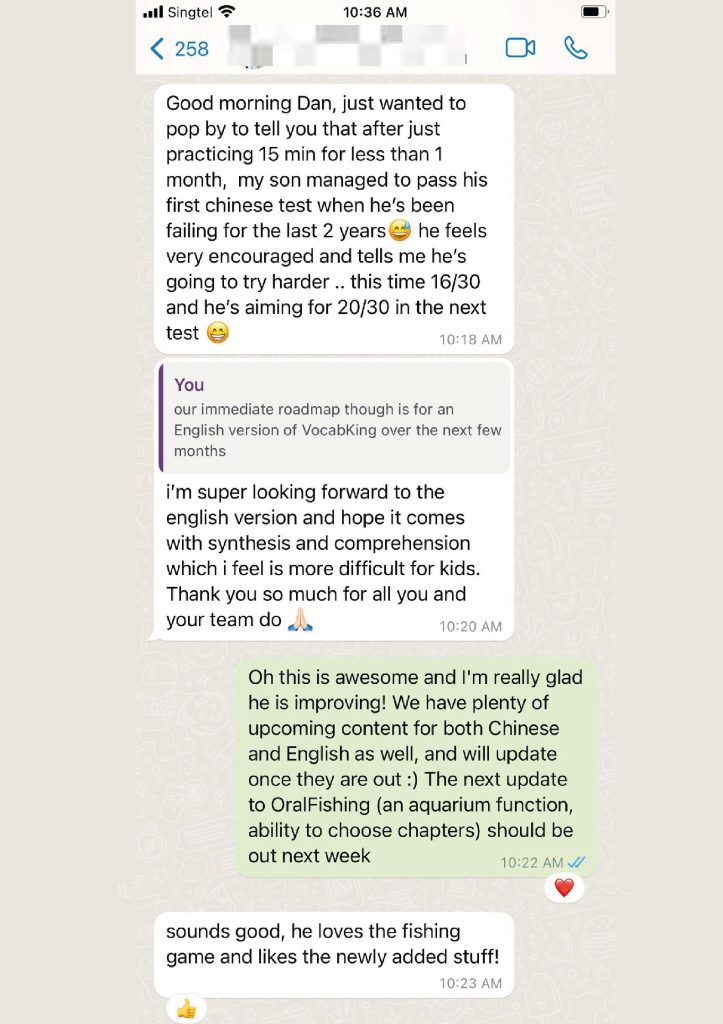
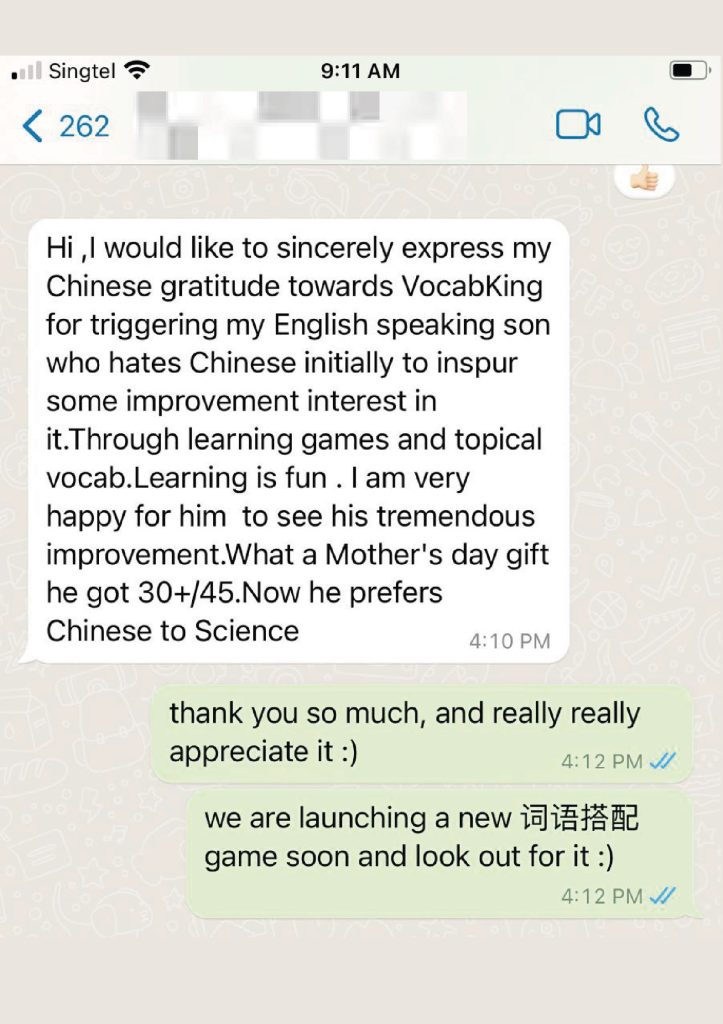
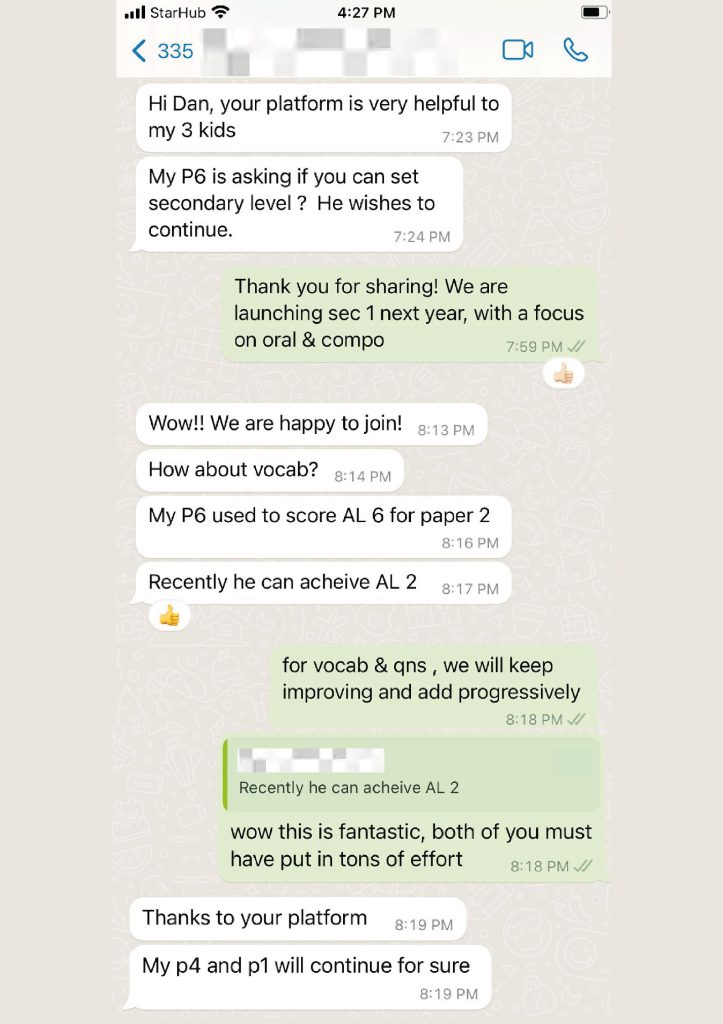
Ready to unlock the secret to raising bilingual kids? Sign up for a FREE 7-Day trial of VocabKing and discover how AI is revolutionizing Chinese language learning.
Sign up for a FREE 7-Day trial today and discover how VocabKing can empower your child to unlock their full potential in Chinese!
Create your free account here: https://learn.kidstartnow.com/login or WhatsApp us at +65 9820 7272 for more information!
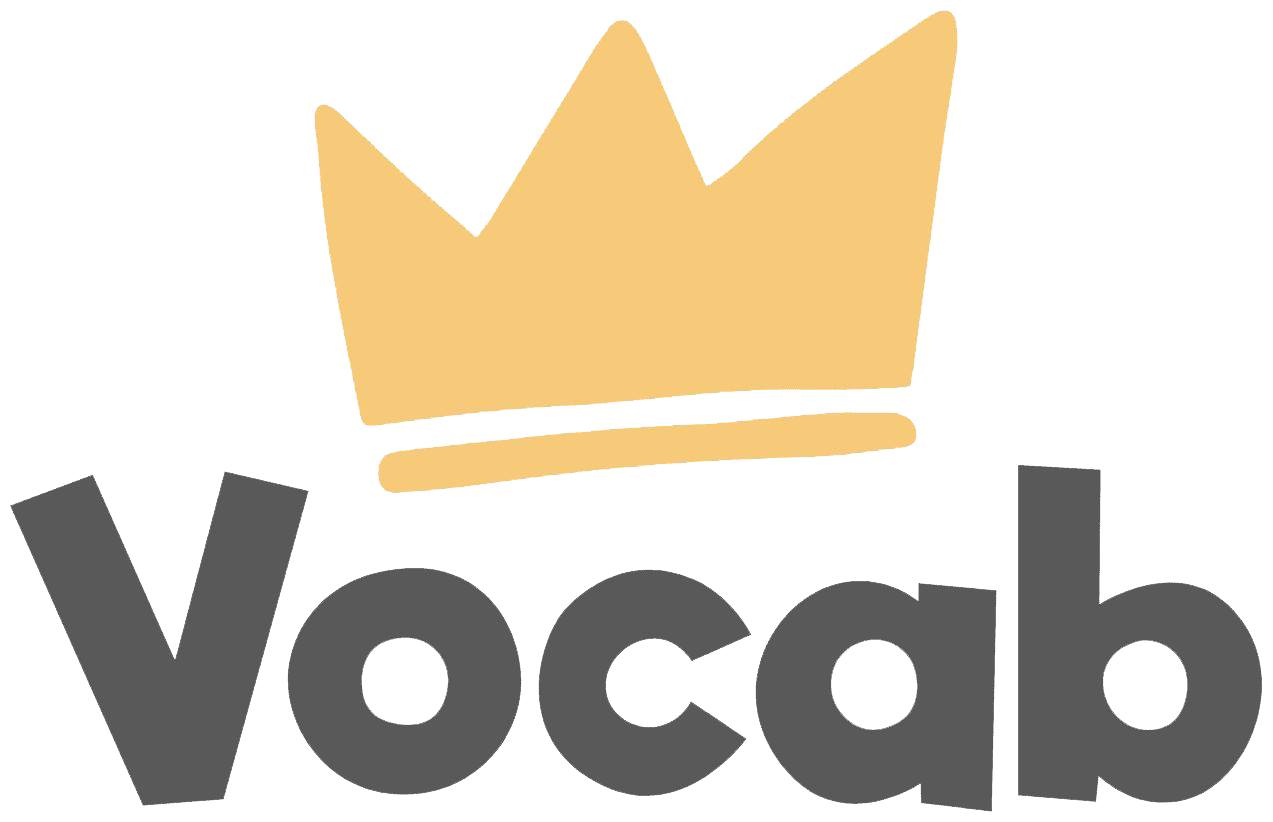

No responses yet